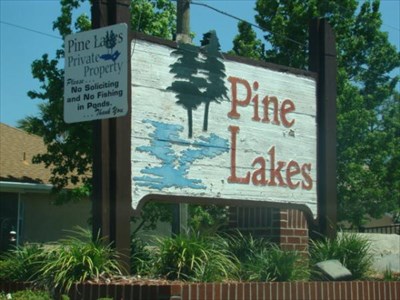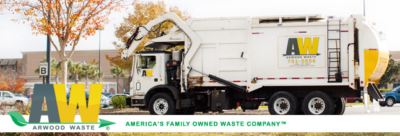Arwood Waste completed the residential demolition for the City of Jackosnville located at 6968 Bakersfield Dr. Located on Jacksonville’s westside of town. The project was estimated to take two days and was completed on time. Call us today for a free estimate 904-751-5656.

What is the Process For Whole House Demolition, Garage Demolition, or Commercial Building Demolition?
City of Jacksonville
117 W. Duval Street, Suite 375
Jacksonville Florida 32202
Building Inspection Division
The Building Inspection Division is responsible for ensuring that existing and future developments and construction comply with the Florida Building Codes and Jacksonville’s building ordinances.
http://www.coj.net/departments/planning-and-development/building-inspection-division.aspx
WET DEMOLITION PROCEDURES The specific procedures set forth below are to be employed in the demolition of structures with asbestos containing materials (ACM). The Department’s Asbestos Consultant will provide background air monitoring during the course of demolition work and monitor the Project Work for compliance with these procedures and all governmental regulations. These procedures are to be utilized in addition to all other procedure and governmental regulations promulgated for the demolition of structures. General Requirements for Contractor: 1. Provide ten (10) day notification of demolition to the Florida Department of Environmental Protection (FDEP) through its local representative, the Broward County Health Department, and all other governing agencies having jurisdiction. 2. Comply with EPA – 340/I-92, A Guide to Normal Demolition Practices Under Asbestos NESHAP (TRC Ref No. I-456-019) and all other federal, state, and regulations concerning demolition of structures with ACM. Technical Requirements for Contractor: 1. Isolate area for a minimum distance of 30 feet all around structure with construction barrier tape. 2. Thoroughly wet structure with a high volume water hose prior to demolition and keep structure saturated at all times during demolition. A garden hose is not an acceptable means and is not permitted to wet down the structure. Water may be supplied from a fire hydrant or water tank truck. If fire hydrant is used, notify and obtain approval of local fire department. 3. Keep the demolition debris saturated at all times. While saturated, load debris onto the disposal trucks and transport saturated debris to landfill. At no time allow debris to dry. ITB-DOT-12/13-4002TB ATTACHMENT A-1 – ATTACHMENT TO SCOPE OF WORK WET DEMOLITION PROCEDURES Attachment A‐1 Page 2 of 2 4. Dispose of ACM which has been demolished by the wet demolition method as construction debris pursuant to NESHAP. Notify the landfill that debris contains nonregulated, ACM. 5. Provide personal air monitoring of the demolition workers during a11 phases of the work in accordance with OSHA requirements. 6. Should the PEL or EL be exceeded, provide wet decontamination facilities, respirators, and regulated areas, and immediately notify FDOT or Authorized Representative.











 reputation in the contracting industry for the past 35 years. It has been, and continues to be, the attitude and goal of Anna Marie Aman to work with owners and engineers to deliver the very best on every project. Committed to preserving the honesty, sincerity, and integrity Aman Construction Services, LLC promotes a safe workplace by providing an injury-free environment for each of its employees, subcontractors, and clients. A detailed safety program includes a zero-tolerance policy on drugs and alcohol and zero-tolerance for a lack of six-foot fall protection. We carefully set up our projects to be clean and safe and our personnel are trained and certified in OSHA regulations, first aid, and CPR.
reputation in the contracting industry for the past 35 years. It has been, and continues to be, the attitude and goal of Anna Marie Aman to work with owners and engineers to deliver the very best on every project. Committed to preserving the honesty, sincerity, and integrity Aman Construction Services, LLC promotes a safe workplace by providing an injury-free environment for each of its employees, subcontractors, and clients. A detailed safety program includes a zero-tolerance policy on drugs and alcohol and zero-tolerance for a lack of six-foot fall protection. We carefully set up our projects to be clean and safe and our personnel are trained and certified in OSHA regulations, first aid, and CPR.


